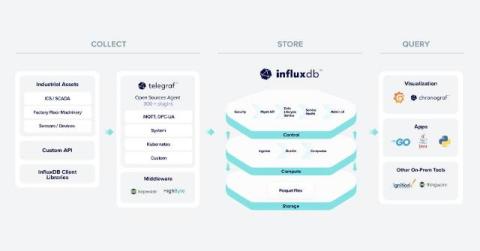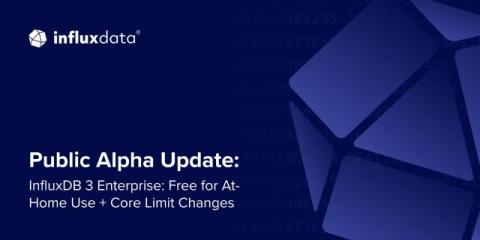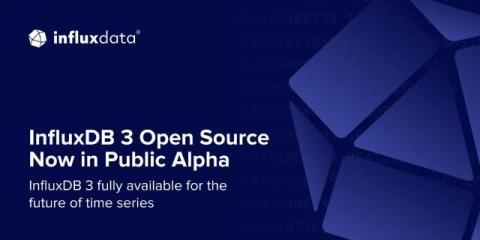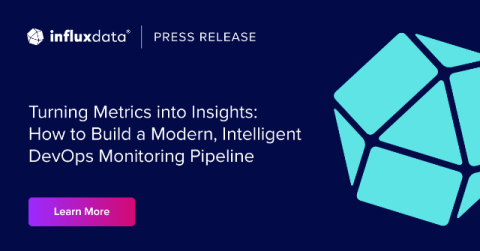Introducing the Time Series Buying Guide for IIoT
All machinery and equipment, including their controls and sensors, tell a story through the data they collect. This data, or Industrial Internet of Things (IIoT) data, provides a detailed narrative about the machines, offering actionable insights to improve operations. IIoT data empowers businesses to optimize and enhance industrial processes by detailing operational status, performance metrics, usage patterns, health diagnostics, and environmental conditions.












